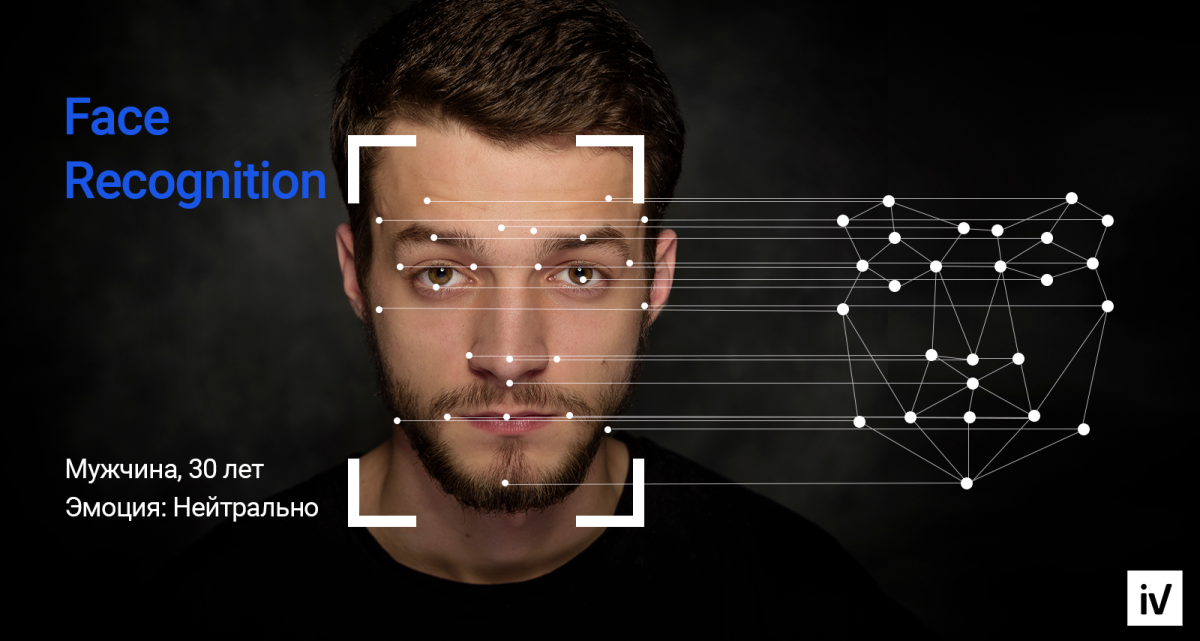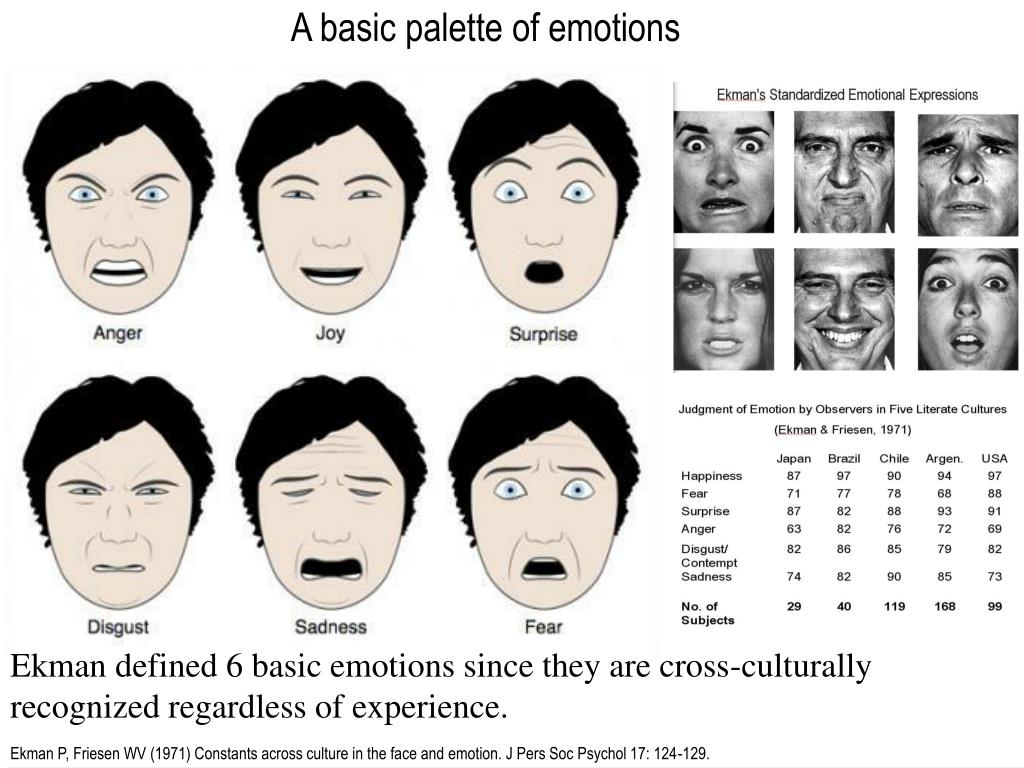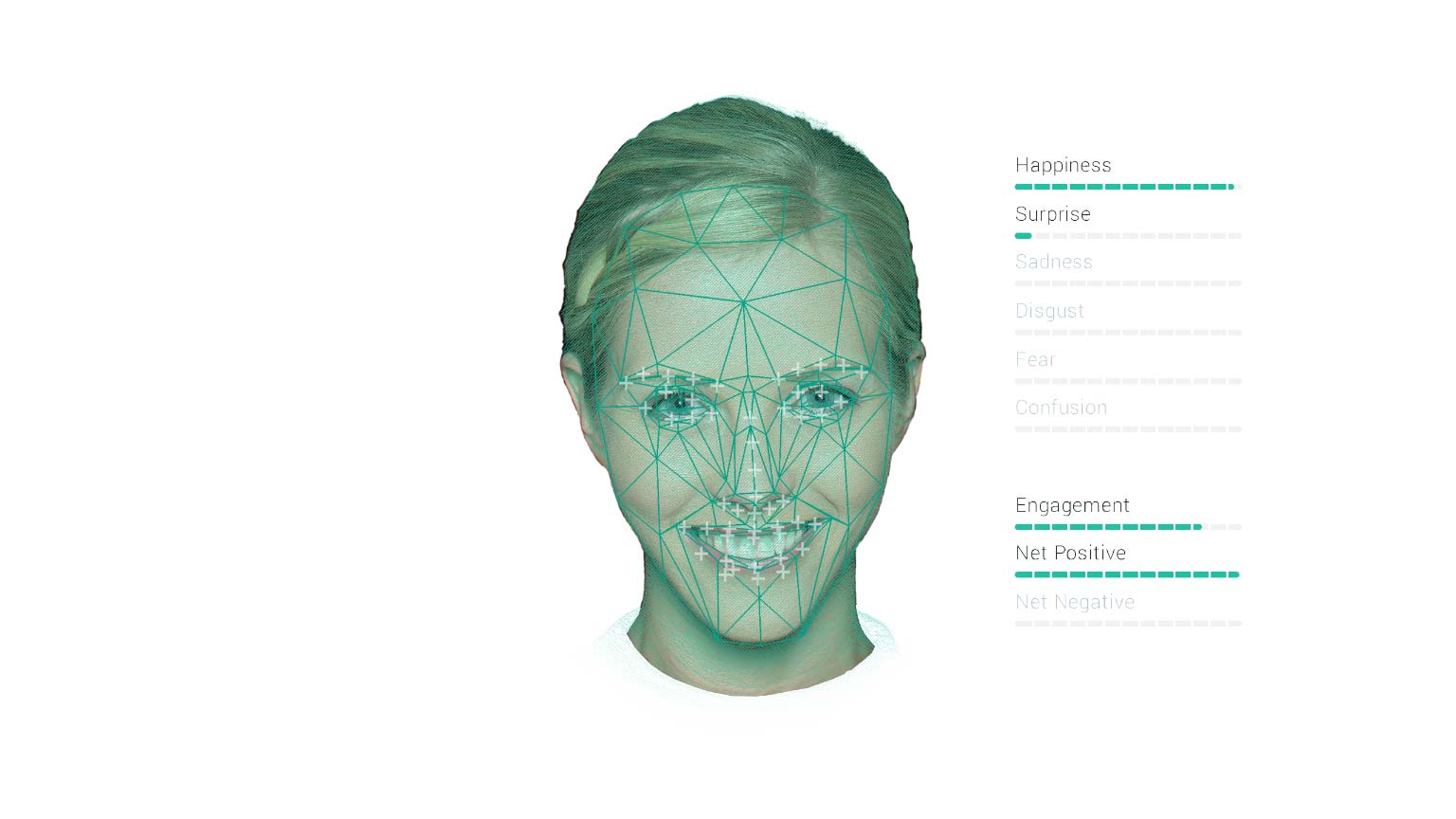Stupid brains, hidden emotions, insidious algorithms: the evolution of face recognition

The ancient Egyptians knew a lot about vivisection and could touch the liver from the kidney by touch. Swaddling from morning to evening of the mummy and practicing healing (from trepanning to removing tumors), one will inevitably learn to understand anatomy.
The wealth of anatomical details was more than offset by the confusion with an understanding of the function of the organs. Priests, doctors and ordinary people boldly put the mind in the heart, and the brain was assigned the role of a manufacturer of mucus for the nose.
')
After 4 thousand years, it is difficult to afford to laugh at fellahs and pharaohs - our computers and data collection algorithms look cooler than papyrus scrolls, and the brain still mysteriously produces do not understand what.
Here and in this article it was supposed to tell that the algorithms of recognition of emotions reached the speed of the mirror neurons in the interpretation of the signals of the interlocutor, when it turned out that the nerve cells were not what they seem.
Decision making errors
As a child, a child watches the faces of parents and learns to reproduce a smile, anger, complacency and other emotions, so that throughout life in different situations to smile, frown, be angry - just like his relatives did.
Many researchers believe that the imitation of emotions is built by a system of mirror neurons. However, some scientists express skepticism about this theory: we still do not understand the function of all brain cells.
The model of the brain is on the fragile soil of hypotheses. There is no doubt only in one thing: the “firmware” of the gray matter from birth contains features and bugs, or, more correctly, features that influence behavior.
Mirror or other neurons are responsible for the imitative response, this system works only on the basic level of recognition of the simplest intentions and actions. This is enough for a child, but damn little for an adult.
We know that emotions are largely dependent on the acquired experience of the interaction of a person with his native culture. No one will consider you a psychopath if you smile among people who are cheerful, feeling pain, because in adulthood, emotions are used as a means to adapt to the conditions of existence.
We do not know what the other person really thinks. It is easy to make assumptions: he smiles, it means he is fun . Reason has an innate property to build castles in the air of consistent pictures of what is happening.
One has only to try to determine how the assumptions correspond to the truth, how the shaky ground of the hypotheses will come into motion: a smile - sadness, a frown - happiness, a quivering age - pleasure.

The German psychiatrist Franz Karl Muller-Layer in 1889 showed a geometrical-optical illusion associated with the distortion of the perception of lines and shapes. The illusion lies in the fact that the segment, framed by the tips facing outward, seems shorter than the segment, framed by "tails". In fact, the length of both segments is the same.
The psychiatrist also drew attention to the fact that the contemplator of illusion, even after measuring the lines and listening to an explanation of the neurological background of image perception, continues to consider one line shorter than the other. It is also interesting that this illusion does not look the same for everyone - there are people less susceptible to it.
Psychologist Daniel Kahneman argues that our slow analytical mind recognizes Muller-Lyer’s trick, but the second part of the mind, which is responsible for the cognitive reflex, automatically and almost instantly responds to the resulting stimulus and makes erroneous judgments.
A cognitive error is not just an error. It can be understood and acknowledged that when looking at an optical illusion you cannot trust your eyes, but communicating with real people is like traveling through an intricate labyrinth.
As early as 1906, sociologist William Sumner proclaimed the universality of natural selection and the struggle for existence, transferring the principles of the existence of animals to human society. In his opinion, grouped people exalt their own group by refusing to analyze the facts that threaten the integrity of the community.
Psychologist Richard Nisbett in the article “Telling more than we can know: Verbal reports on mental processes” demonstrates the unwillingness of people to believe in statistical and other generally accepted data that are not consistent with their existing beliefs.
Magic of big numbers
Watch this video and see how the actor's face changes.
The mind quickly "labels" and makes assumptions in the face of insufficient data, which leads to paradoxical effects, clearly visible on the example of experience conducted by director Leo Kuleshov.
In 1929, he took a close-up shot of an actor, a bowl filled with soup, a child in a coffin, a young girl on the couch. Then the film with the plan of the actor was cut into three parts and glued together separately with frames, which show a plate with soup, a child and a girl.
Independently of each other, viewers come to the conclusion that on the first fragment the hero wants to eat, on the second he is saddened by the death of the child, on the third he is fascinated by the girl lying on the sofa.
In fact, the actor’s facial expression does not change in all cases.
And if you saw a hundred frames, the catch would be revealed?

Based on the statistical reliability of non-verbal behavior in large groups of people, psychologist Paul Ekman created a comprehensive tool for objective measurement of facial movements - the “coding system of facial movements”.
He is of the opinion that artificial neural networks can be used to automatically analyze facial expressions of people. Despite serious criticism (Ekman’s program developed for airport security did not pass controlled tests), there is a grain of common sense in these arguments.
Looking at one smiling person, it can be assumed that he is deceiving, and in fact he has planned something unkind. But if you (or the camera) see hundreds of smiling people, then most likely, most of them are really fun - for example, they watch an incendiary stand-up comedian performance.
On the example of large numbers, it is not so important that some people are able to manipulate emotions so deftly that even Professor Ekman will be fooled. In the words of risk expert Nassim Taleb, the anti-brittleness of the system increases significantly when a cold impartial camera becomes the subject of observation.
Yes, we do not know how to recognize a lie in the face - with or without artificial intelligence. But we perfectly understand how to determine the level of happiness for hundreds and more people.
Emotion Recognition for Business

The easiest way to determine emotions by a face is based on the classification of key points, the coordinates of which can be obtained using various algorithms. Usually mark up a few dozen points, tying them to the position of the eyebrows, eyes, lips, nose, jaw, which allows you to capture facial expressions.
Evaluating the emotional background using machine algorithms now helps retailers to integrate online into offline as much as possible. The technology makes it possible to assess the effectiveness of advertising and marketing campaigns, determine the quality of customer service and service, and also reveal the anomalous behavior of people.
Using algorithms, you can track the emotional state of employees in the office (an office with sad people is an office of low motivation, despondency and decay) and the “happiness index” of employees and customers entering and exiting.
Alfa-Bank in several offices launched a pilot project to analyze customer emotions in real time. Algorithms build an integral indicator of customer satisfaction, identify trends in the emotional perception of a visit to a department, and give an overall assessment of the visit.
Microsoft talked about testing the system for analyzing the emotional state of the audience in the cinema (an objective assessment of the quality of the film in real time), as well as to determine the winner in the nomination “Audience Award” at the Imagine Cup competition (the team won, to which the audience responded most positively).
All of the above is only the beginning of a completely new era. At the University of North Carolina, during the educational courses, students were filmed on their faces by a camera, the video of which was analyzed by a computer vision system that recognizes emotions. Based on the data obtained, teachers modified the learning strategy.
In the educational process, not enough attention is paid to the evaluation of emotions. But one can assess the quality of teaching, the involvement of the student, identify negative emotions, and plan the educational process on the basis of the information received.
Face Recognition Ivideon: Demographics and Emotions

Now in our system there is a report on emotions.
A separate field “Emotion” appeared on the cards of the face detection events, and on the “Reports” tab in the “Persons” section a new type of reports is available - by the hour and by day:


It is possible to upload the source data of all detections and form their own reports based on them.
Until recently, all emotion recognition systems operated at the level of experimental projects that were tested with caution. The cost of such pilots was very high.
We want to make analytics a part of the familiar world of services and devices, so from today, “emotions” are available to all Ivideon customers. We do not introduce a special tariff plan, do not provide special cameras, and in every way we eliminate all possible barriers. Tariffs remain the same, connect the analysis of emotions, together with facial recognition can each for 1,700 rubles. per month.
The service is presented in the user's personal account . And on the promo page we collected even more interesting facts about the Ivideon face recognition system.
Source: https://habr.com/ru/post/458666/
All Articles